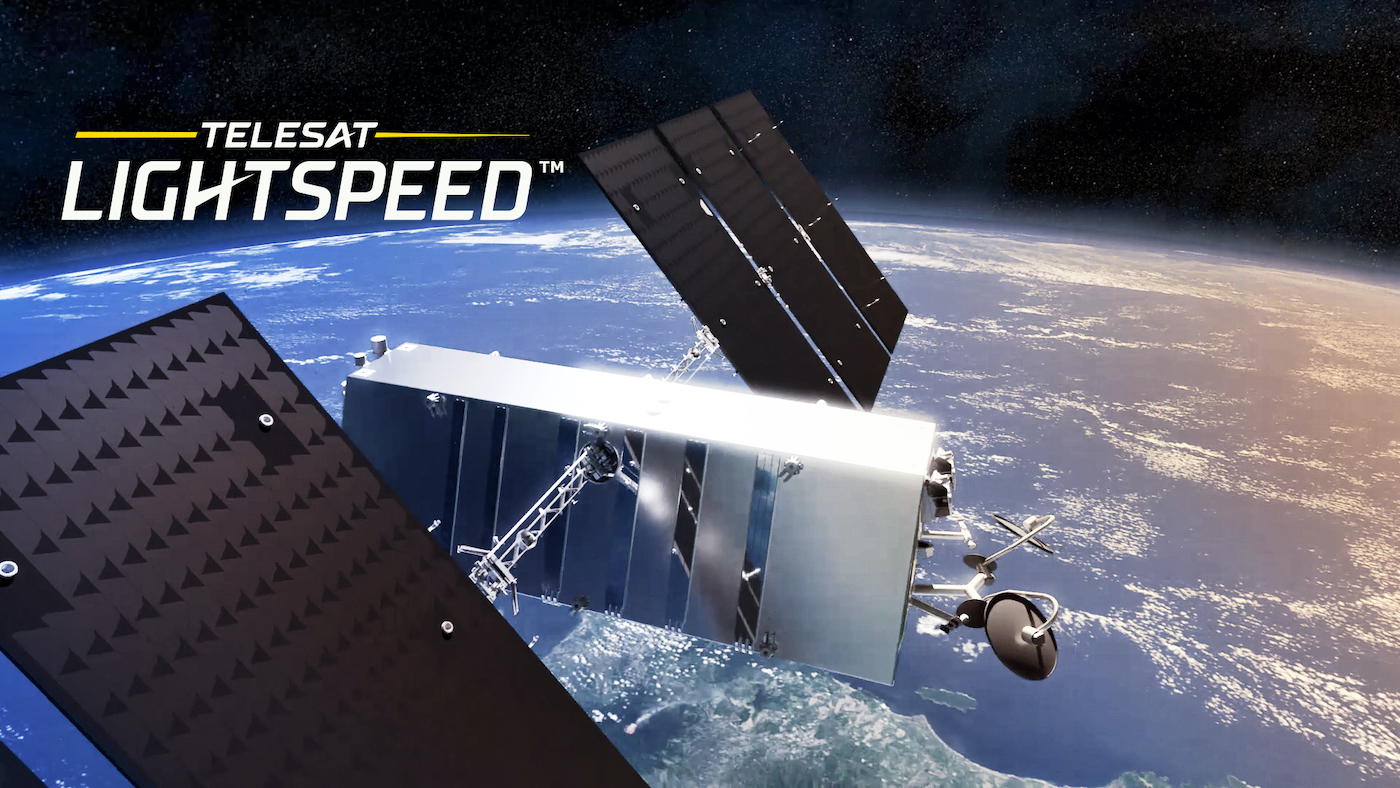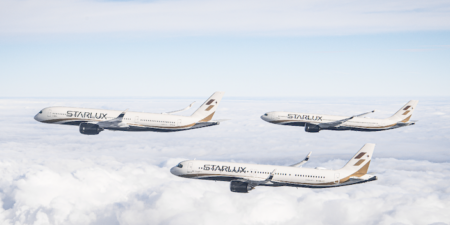Global Eagle has annunced that a critical milestone has been passed in the verification phase for its Airconnect Ka IFC terminal, intended to be used with the Telesat Lightspeed low-earth orbit (LEO) network. Engineering teams at the two companies say they recently carried out network simulations to determine the efficiency of the antenna at flight speed and to mimic the real-world experience of use cases requiring fibre-like latency and high-speed throughput from the aircraft. Such use cases could include online gaming, cloud-hosted applications, live streaming video, uploading high-quality images and videos to social media, and accessing Salesforce and Outlook tasks.
According to Global Eagle the terminal maintains full performance even when the target satellite is close to the horizon. The antenna system is now ready to use now on the current generation of geostationary (GEO) satellites and is working towards having it certified for the Telesat Lightspeed network. Global Eagle is currently using Telesat GEO satellites to provide connectivity to its mobility customers in aviation, maritime and other markets.
This news follows Global Eagle and Telesat’s successful LEO demonstrations in October 2018, which were the first time an aircraft in flight had communicated at broadband speeds with a satellite operating at low-earth orbit. Rigorous testing in multi-orbit configurations recorded a round-trip latency of 19ms, compared to traditional GEO networks, which experience over 600ms of latency.
Mike Pigott, EVP for connectivity at Global Eagle stated, “Achieving this critical milestone lays the foundation for the eventual certification of our Airconnect Ka solution on the Telesat Lightspeed constellation. Since 2018, our partnership with Telesat has demonstrated the smooth transition from existing GEO satellite networks to LEO satellites inflight. We now have the confidence to begin installations this year.”






